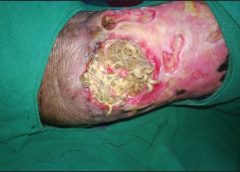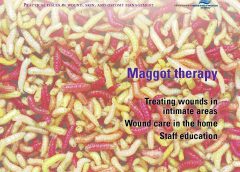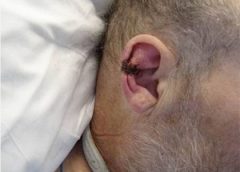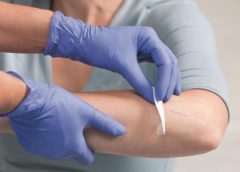By Nancy Morgan, RN, BSN, MBA, WOC, WCC, DWC, OMS
Each issue, Apple Bites brings you a tool you can apply in your daily practice. Here’s a brief overview on moldable, bendable, and stretchable adhesive rings and strips used to improve the seal around a stoma.
Benefits
Adhesive rings and strips can be an alternative to stoma paste for filling or caulking uneven skin contours next to and around a stoma, fistula, or wound. They create a waterproof seal that protects the underlying skin from irritation and are used with (not in place of) the ostomy pouch and skin barrier. Moldable rings and strips may (more…)
Read More



